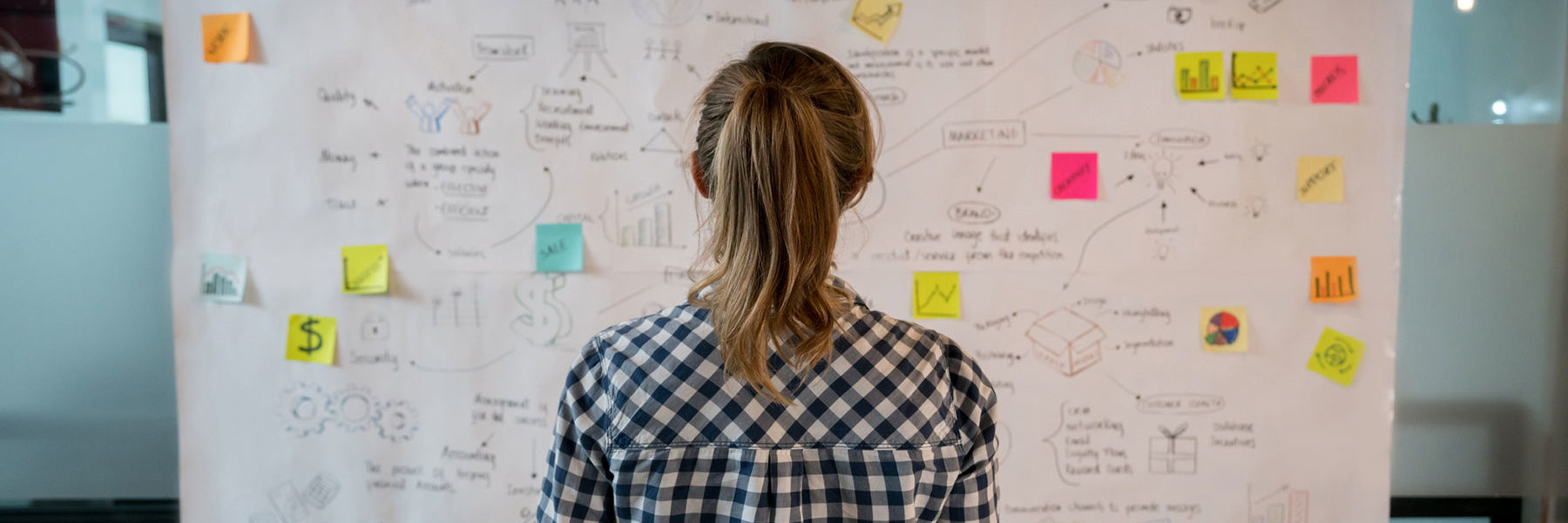Too often when we are determining our goals, we define the growth we are hoping to generate in advancement programs and then jump into doing the work. We set our metrics and our annual plans. Ready, set, go!
But how often do we take a step back and reflect on what it is fundraisers are doing and how to facilitate the best possible result?
Fundraisers are the liaisons between generous people and the opportunities available at nonprofit organizations. But they aren’t passive liaisons—they are active listeners who ask open-ended questions to determine supporters’ passions.
The best fundraisers listen intently to their audience members about the details of why individuals are interested in the organization in the first place and what investing in a project or program means to them.
But it doesn’t end with listening. Relationship officers, and fundraising professionals in general, can benefit from being storytellers. Research shows that 42% of donors said personal stories from a nonprofit’s beneficiaries influenced their decision to give. Effective storytellers understand their audience and build relationships based on trust and mutual understanding.
We’re going to take a closer look at how you can develop compelling storytelling skills and personalize your donor stories with the following tips:
- Tell the right kind of stories.
- Give your stories a clear structure.
- Place your donors in the story.
- Support your stories with data.
- Empower your staff with training and content.
Whether it’s one-to-one or one-to-many fundraising, understanding and speaking to your audience is critical. Stewarding donors through storytelling is a powerful first step toward building stronger, long-lasting relationships.
Tell the right kind of stories
We all know that people want to give to people. If you’re fundraising for a facility project, tell the story of what that space will make possible for someone. If you have technology needs, explain how that fits into your mission and helps people accomplish something they couldn’t before. Highlight the need by painting a picture of the positive change that will be possible via donations.
Another crucial element to keep in mind when determining which stories to include in your campaign is to keep things simple. Too many stories can overwhelm supporters or confuse them about your campaign’s main focus.
When strategizing for your campaign, choose just a handful of stories and giving opportunities to feature throughout your marketing channels. A unified message will strengthen your storytelling and be more memorable for your audience.
Give your stories a clear structure
When it comes to structuring your stories, you should follow the basic storytelling principles. Bloomerang’s guide to nonprofit storytelling recommends a three-act structure:
- Set up: Set the scene and establish your story’s main character. Describe the “hook,” or the action that sets the story in motion.
- Confrontation: The second act of your story should cover the main character’s goals and the barriers they face. At this point, your audience should understand the obstacles preventing the character from achieving their goals and see the main character as someone to root for.
- Resolution: Describe how the character overcomes the challenges thrown their way, and how your organization supported them along their journey.
You should always end your stories with a call to action for your audience members. What action do you want them to take after hearing your story? Be specific and point supporters to your online donation page, volunteer sign-up form, online event page, or any other resource you want them to engage with.
Place your donors in the story
Highlight the central role that supporters play in helping achieve your mission. Explain their potential impact, not your nonprofit’s activities. For instance, rather than “Our organization was able to accomplish so much this year to help local endangered species,” reframe your outreach by saying “Your donations and support helped save hundreds of endangered species from extinction.”
As you hold small group or one-on-one conversations with donors, personalize your stories based on the donor data stored in your donor management software. For example, if you know a certain donor is a former volunteer, provide updates specifically for your volunteer program and how you’ve been able to expand it with donors’ help.
Make sure to continue actively listening as you meet with donors. Keep supporters engaged by asking them questions along the way. This can help you gather more information to personalize future outreach efforts.
Support your stories with data
The science surrounding development communications reveals that the brain responds positively to stories that showcase impact. Incorporating actionable data to support your stories gives them greater credibility and provides evidence to support your narrative.
For example, if you’re telling a story about the effectiveness of your high-school tutoring program, share statistics about increases in student test scores after they participated in the program. Or, if you’re speaking about your organization’s efforts to clean up local waterways, share information about the reduction in pollution levels that you’ve helped achieve.
Including these data points in your stories can match up anecdotal and hard evidence, creating a strong impression in donors’ minds.
Empower your staff with training and content
If your fundraising officers don’t have lots of storytelling experience, dedicated training can help them develop the necessary skills. NXUnite’s fundraising training guide highlights plenty of resources that can be helpful in this process, such as webinars, workshops, and online courses.
You can also support your fundraisers by working with different departments to help provide storytelling content. For example, your donor relations team can generate impact reports. Your volunteer manager can curate stories throughout their daily interactions with your organization’s volunteers.
Aggregating content from these different teams can allow your fundraisers to fill their stories with rich detail. Training and supporting your team will help them thrive as they develop their storytelling skills.
Want help incorporating storytelling into your advancement program?
BWF is here to support and partner with you. Have questions on storytelling, or maybe want to review your program? Our consultants have diverse backgrounds and expertise that will help you achieve your goals. We’re ready to listen, guide, and partner with you for success. Contact us today.





